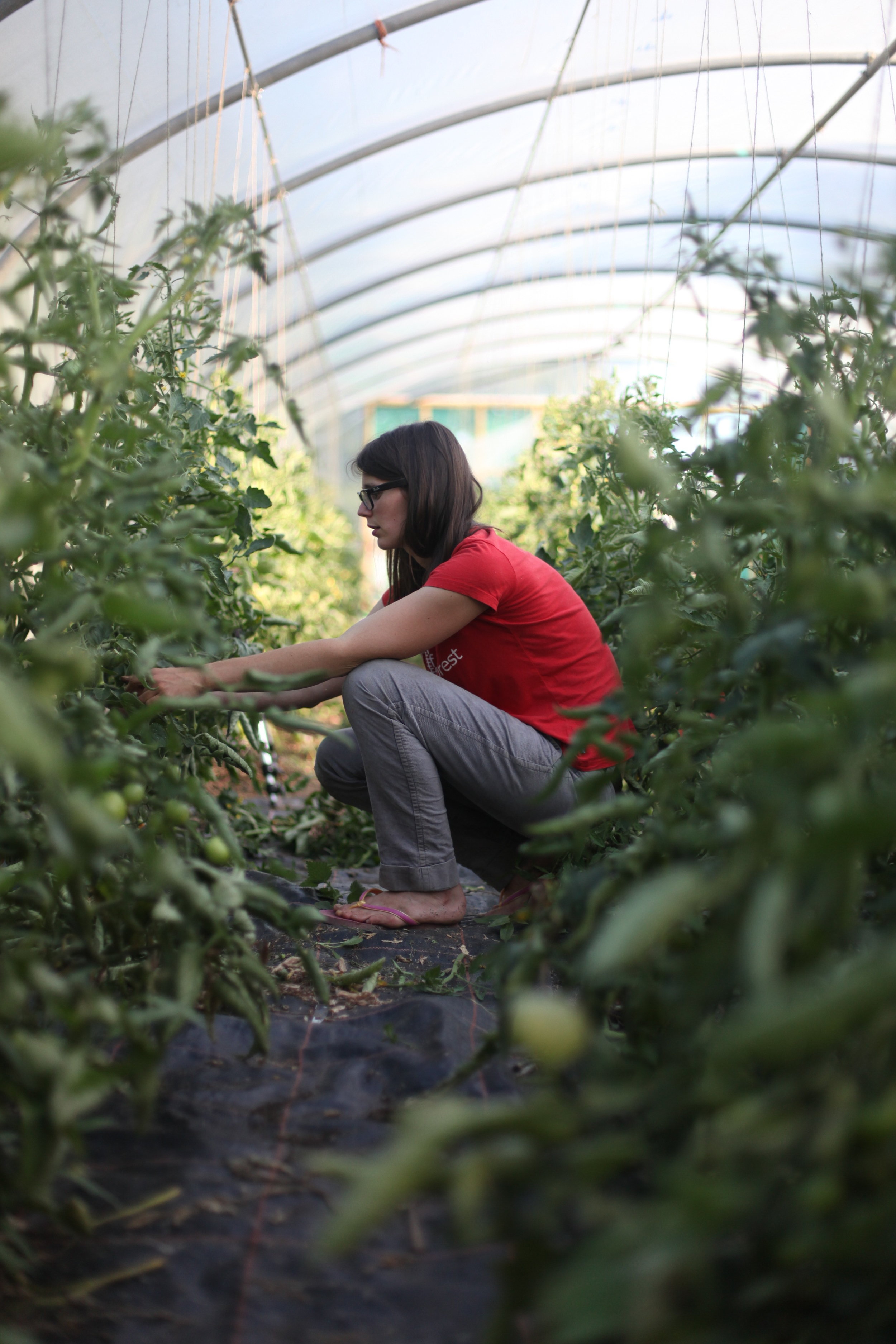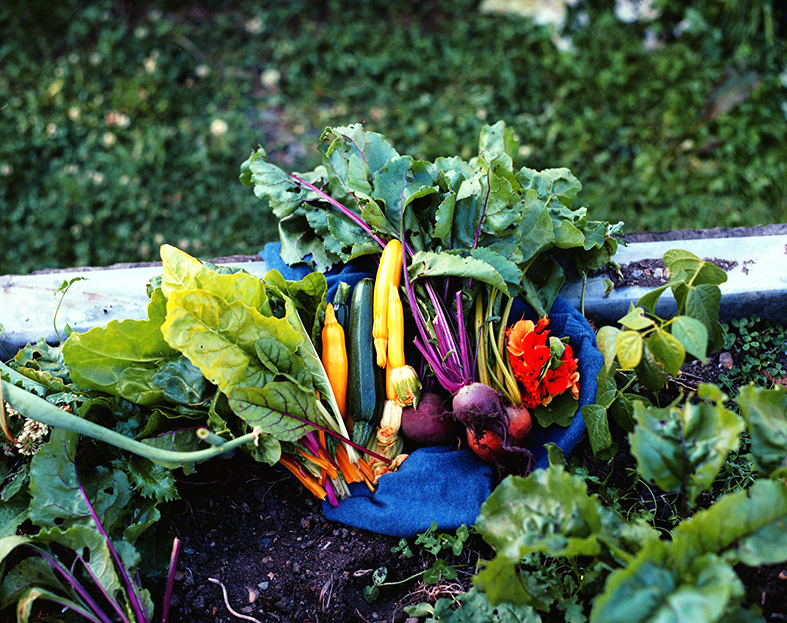The fforest gardens are as old as fforest, 10 years to be exact. From the very beginning we knew that if we were to be serving food, then we would grow what we could ourselves. And so, the fforest gardens were designed to provide fresh produce for our kitchen.
Our lovely gardener, Brook, gives an insight into the work she's currently doing in the fforest gardens; what she's been planting and why. Get your planting tips here!
Late Winter / Early Spring
The first thing to be done is sow the tomato and chilli seeds in a propagator to get a crop as early as possible. This is done in mid February. At the beginning of March I start sowing lettuce to grow in the polytunnel, and some flowers for the accommodation. Through mid to late March and April I'll start the sowing of chard, french beans, kale, cucumber, courgettes, beetroot and lettuce at roughly 2 week
intervals to try and get a continuous crop. In late April I'll sow squash for the autumn.
Late Winter and early Spring is when the set up for Spring planting needs to be done as well. The autumn fruiting raspberries are cut back to the ground to re-shoot. The other berries we have (blackcurrant, red currant, white currant) are also pruned at this time. We're also hoping to grow some strawberries this summer! The beds get mucked and fertilised. Garlic that was planted last autumn is fed with blood fish and bone feed. The polytunnel gets cleaned to try and get rid of any pests and diseases and also to try and maximise the light getting in.
Summer
The best thing about Summer in the polytunnel is the tomato plants! We grow about 120 plants; a mix of different varieties in red, green, yellow, orange, purple and even striped! My favourites are Dr. Carolyn Pink, Emerald green and Orange Banana. Nearly all the seeds we get are from Real Seeds, you can get some really interesting varieties from them and they have good germination rates. This year Sian had requested we grow some Japanese veg after their trip: Daikon - a white radish and Shiso - a herb that looks similar to nettle. Other things we grow for the kitchens are courgettes, chard, kale, lots of rocket and lettuce, oriental greens. This year I'm trying out an amazing squash I discovered at Glebelands which is Buttercup Squash.
Where we can we keep the gardens as organic as possible, using organic fertilisers and feeding the tomatoes with comfrey tea. We also use companion planting to try and deter pests, some companions are meant to encourage the growth of what they are planted with. Having good pollinator flowers around also encourages natural predators to pests such as the ladybug which eats aphids.














